-
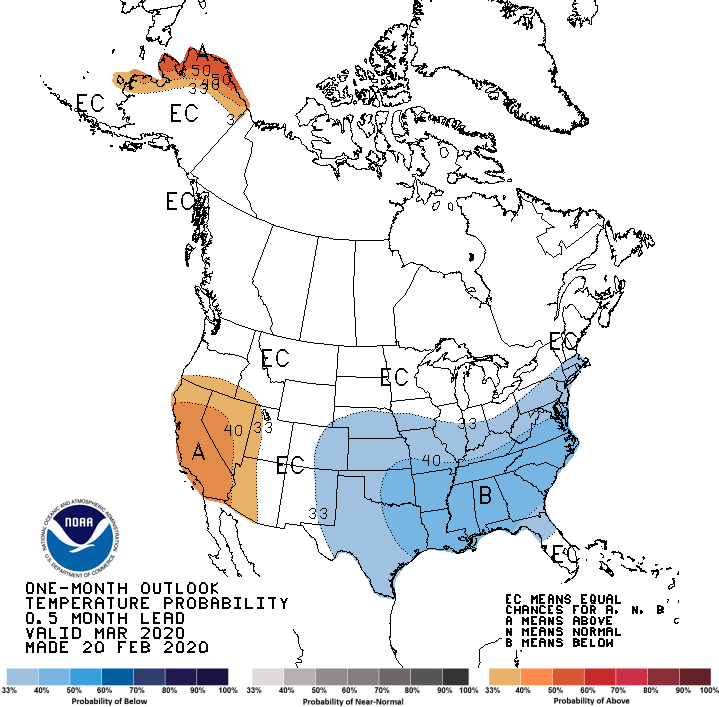
The latest monthly and seasonal outlooks from NOAA’s Climate Prediction Center were released this week. They show that March could be colder than normal across the region except for southern Florida, while precipitation is likely to be above normal across the southern half of the region. For the March through May period, the region as…
Posted in: Climate outlooks -

Every year, more than 500 Americans get hit by lightning. Around 90 percent of those survive, but often with debilitating and sometimes mysterious symptoms that can cause serious continuing health issues. Here is a story about what happened to several people who survived lightning strikes and how that experience…
-
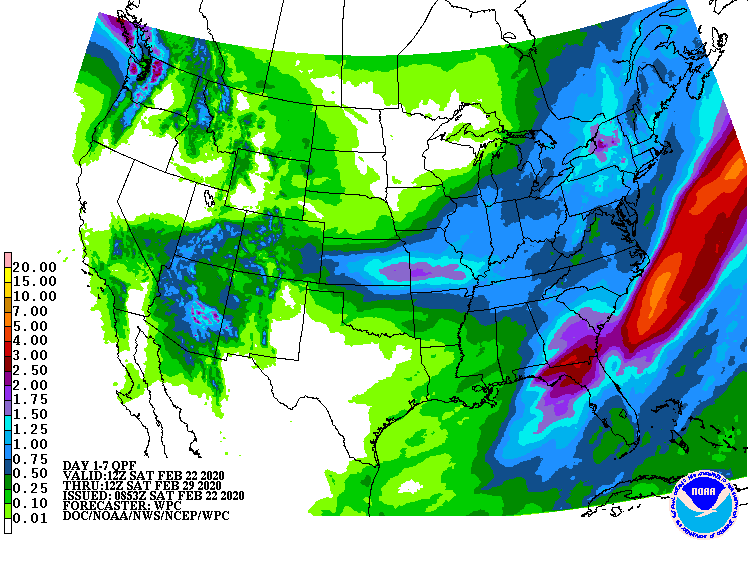
The latest 7-day QPF map shows that the storm track which has dumped so much rain on northern parts of the region is shifting south this week. The heaviest rain amounts are likely to be mid-week and located closer to the coast in southern Alabama and Georgia and…
Posted in: Climate outlooks -

Update: Dr. Shepherd provided an update on this story on Saturday. You can read it here. In it he shows that the snow was not true lake-effect snow but part of a larger area of convergence…
-
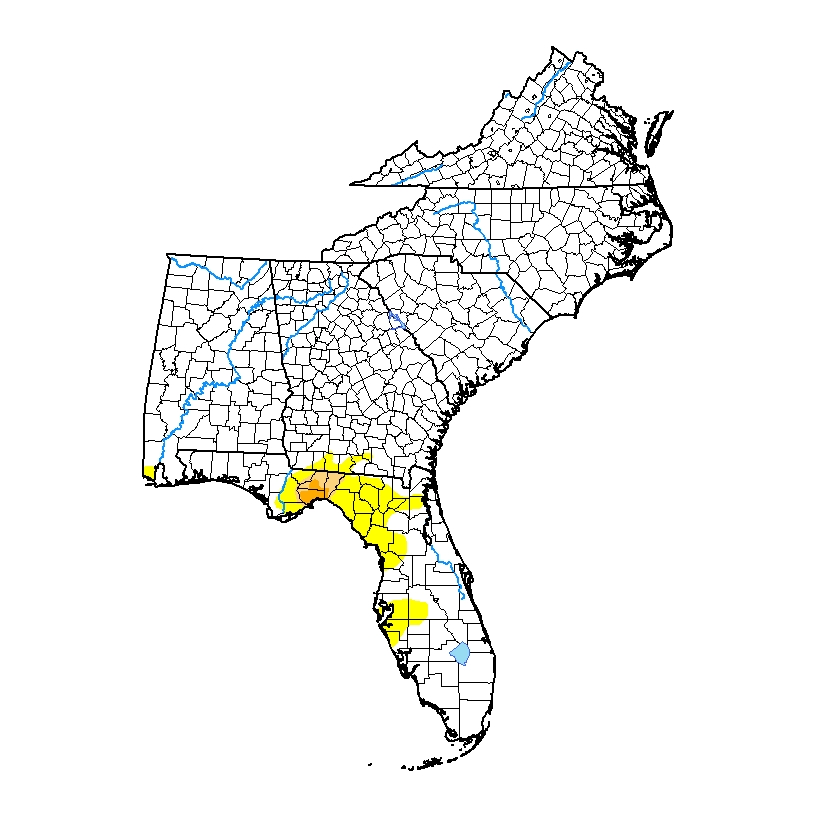
The latest Drought Monitor, released yesterday, shows that the area of moderate drought in the Florida Panhandle has gotten worse over the past week and is now classified as Severe Drought (D2). Most of this region was bypassed by the rain storms that drowned northern Georgia and Alabama in the last week. Fortunately, next week’s…
Posted in: Drought -
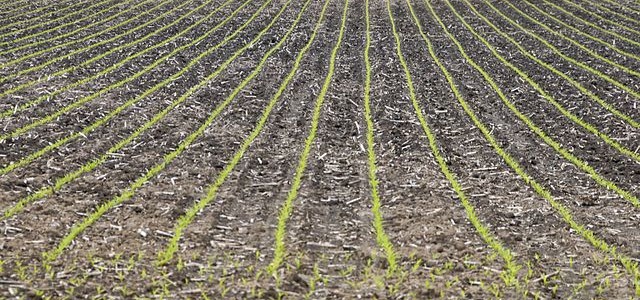
Here is some important and useful information for folks that are planning to plant corn in Georgia over the next few weeks. It’s from Rome Ethredge in his Georgia Grain News newsletter. Remember that you can get soil temperature information from the UGA weather network at https://www.georgiaweather.net/?content=tr&variable=XS . Corn Planting Folks are getting planters ready…
-
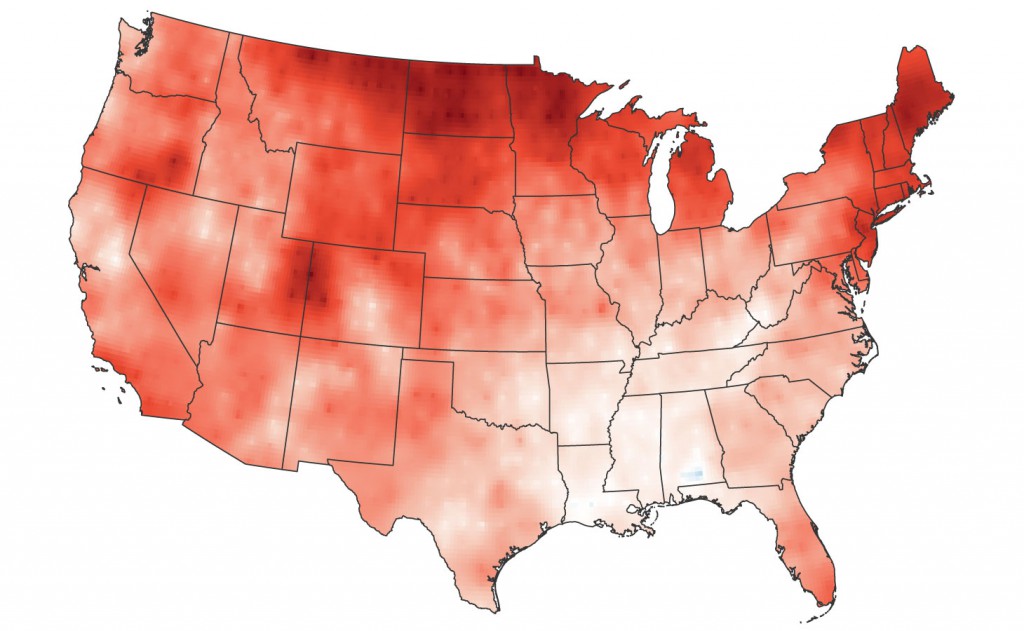
National Public Radio published a story earlier this week collecting information on how the trend towards warmer winters is causing impacts in different parts of the US. Here in the Southeast, we are seeing impacts on fruit like blueberries and peaches and on disease vectors…